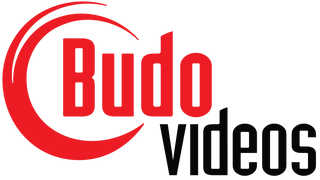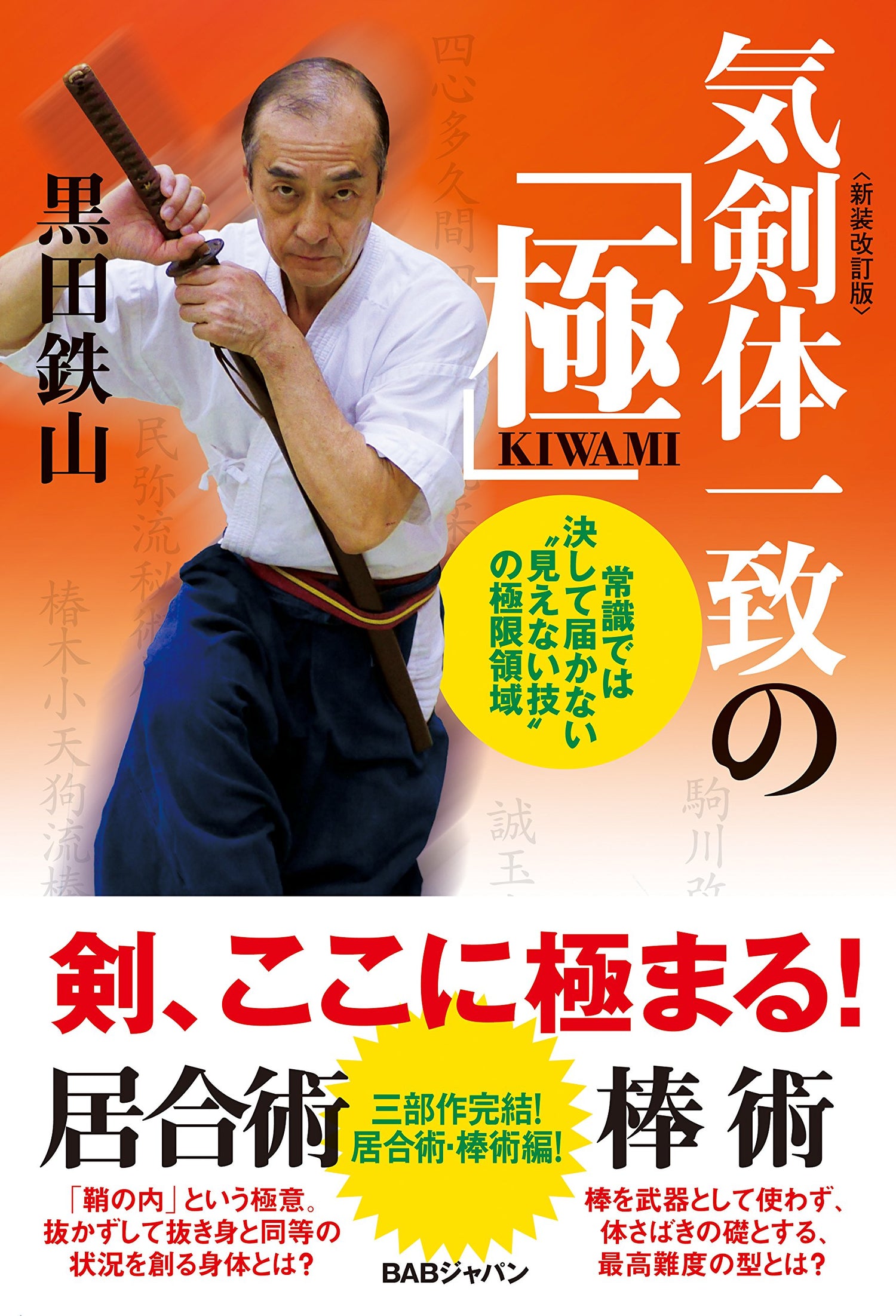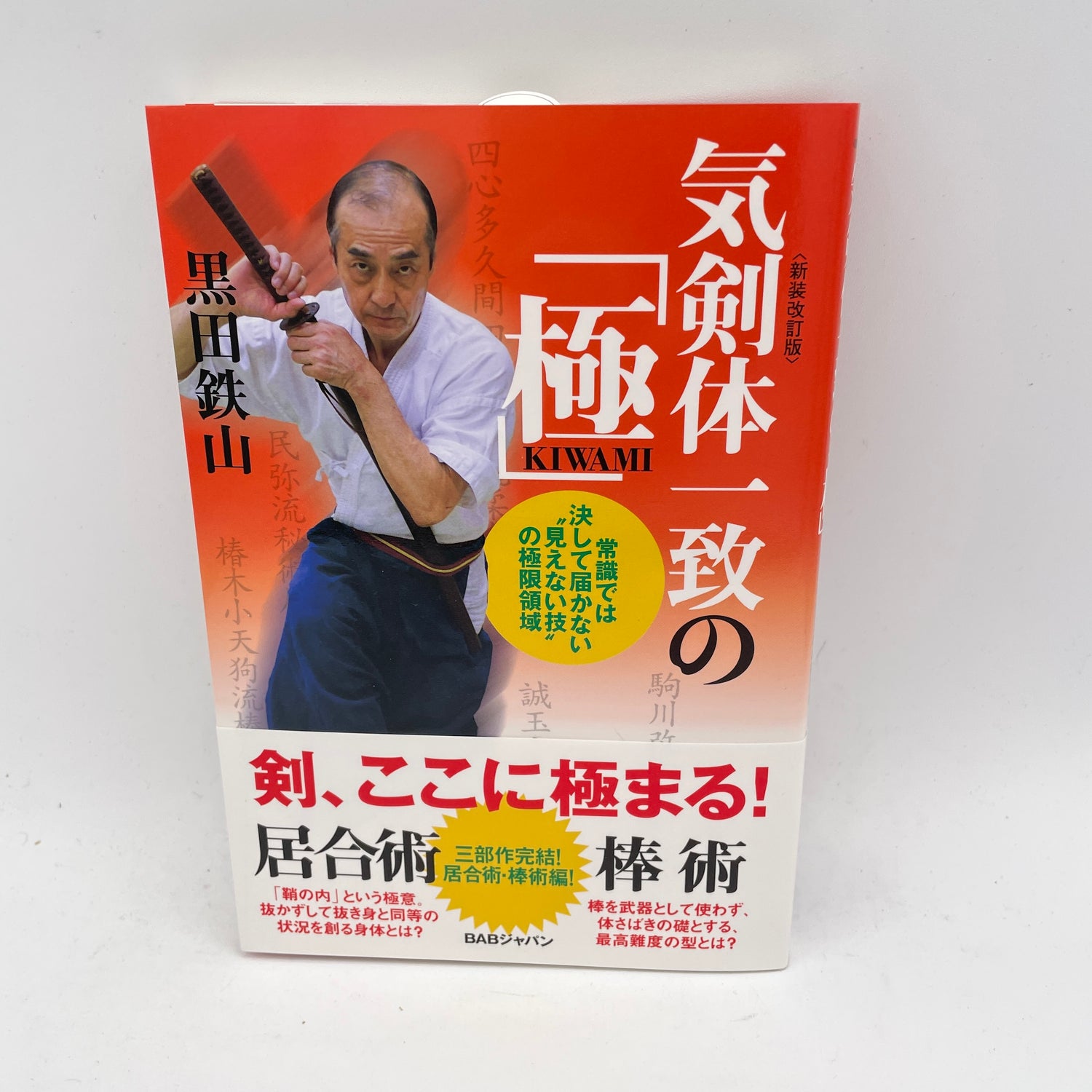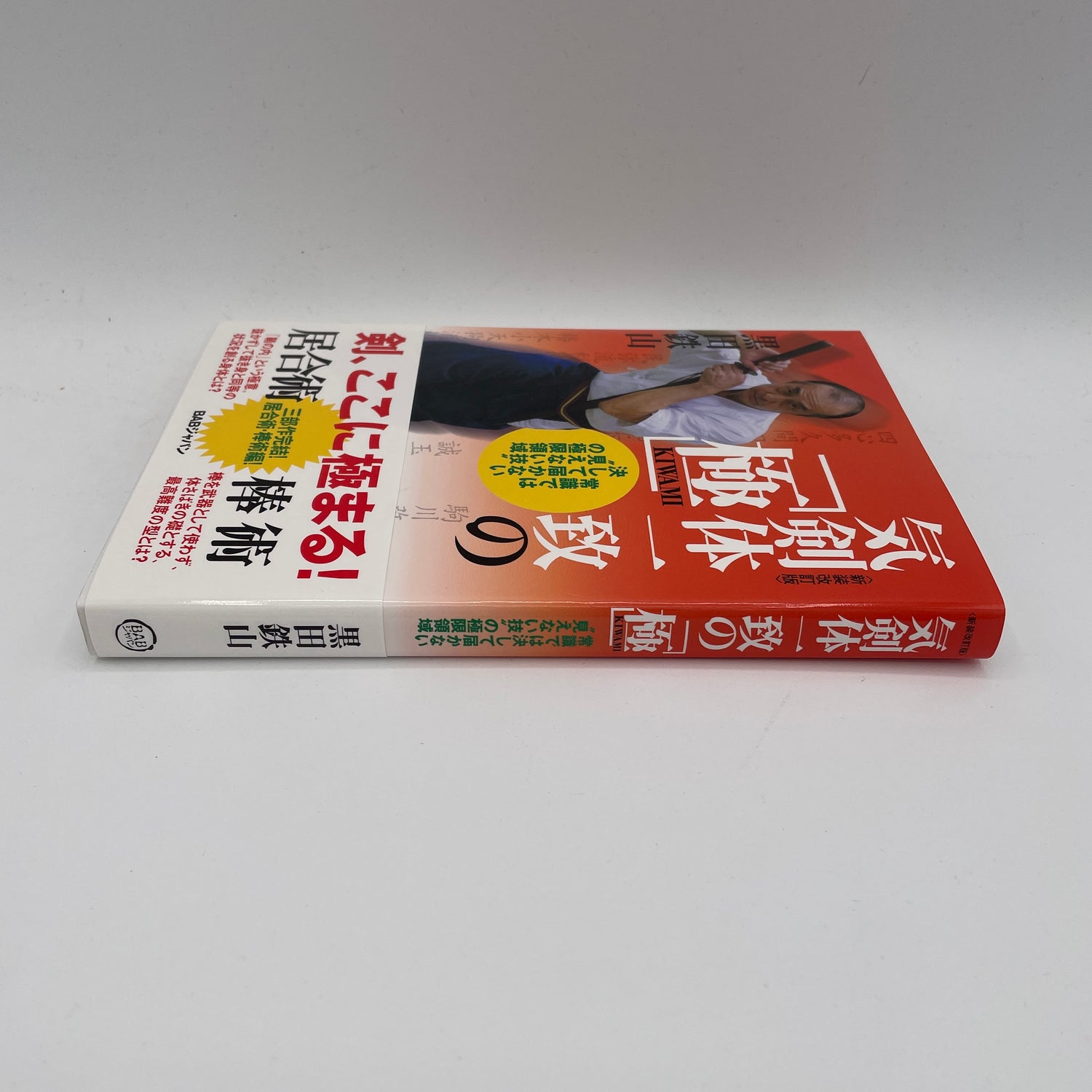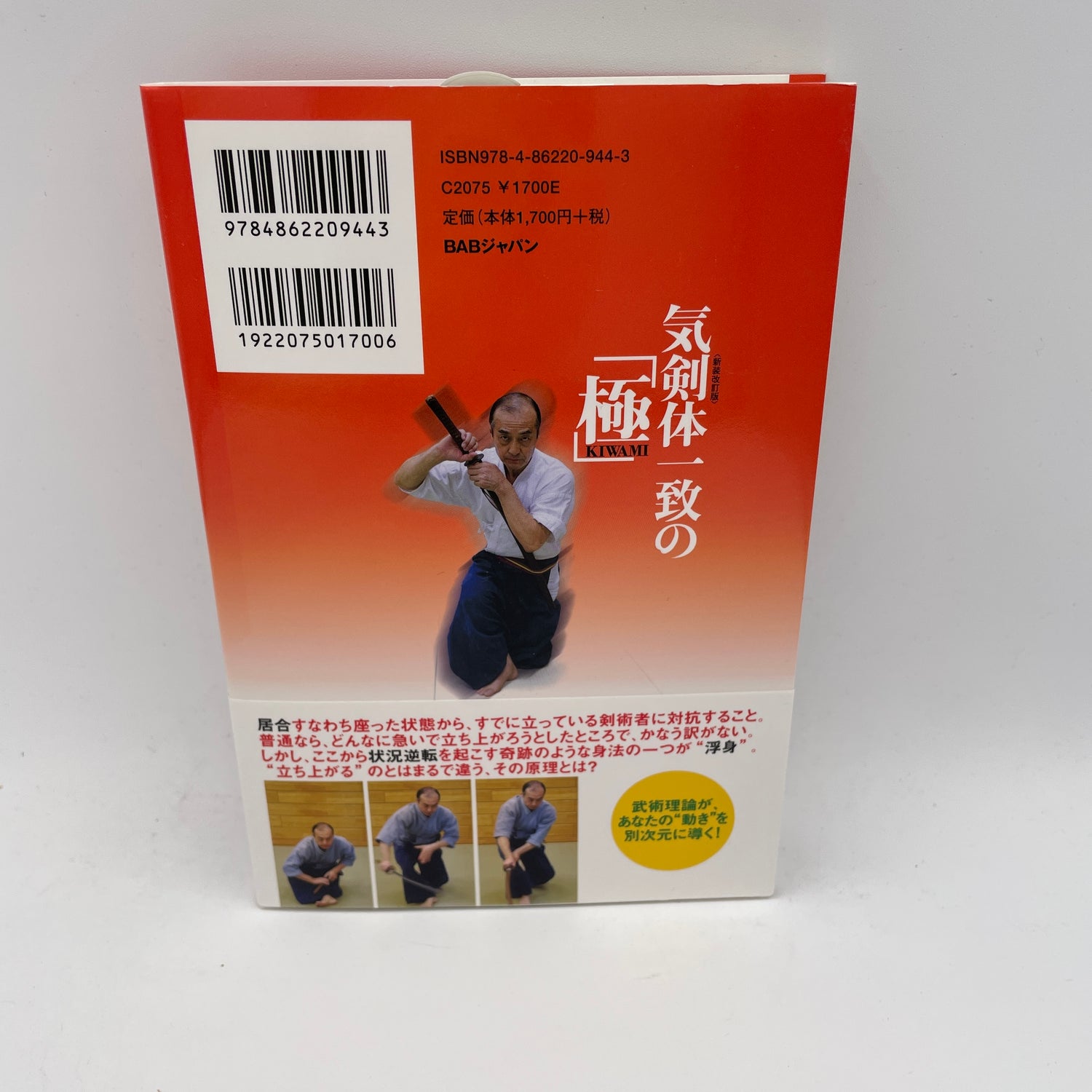Ki Ken Tai Book 3: Kiwami by Tetsuzan Kuroda (2nd Edition)
This is the 2nd edition of the 3rd book in Tetsuzan Kuroda's "Ki Ken Tai" series of instructional books.
Unveiling the Apex of Swordsmanship: The Trilogy of Iaijutsu and Bojutsu
Delve into the Secrets of "Inside the Sheath"
Explore the art of achieving the same readiness as a drawn sword without physically unsheathing it. Discover the intricate body control techniques that underpin the most challenging forms, transcending the use of conventional weapons.
In the realm of Iai, where one must confront a standing swordsman from a seated position, traditional methods often fall short. However, delve deeper into the miraculous technique known as "Ukimi," which revolutionizes this encounter with its unique principles divergent from conventional standing techniques.
This book transcends martial arts theory, offering insights that elevate your understanding of movement to a new dimension. Whether you are a practitioner honing your skills or an enthusiast of Japanese martial arts, this exploration into Iaijutsu and Bojutsu promises to enrich your journey.
CONTENTS
●Iaijutsu
Chapter 1: Iaijutsu is the essence of swordsmanship
▼Iaijutsu
▼Iaijutsu
▼Tamiyaryu Hidden Art Iaijutsu
▼What is Iaijutsu
Chapter 2: What is a sitting stance
▼Just standing in a sitting position
▼Floating body
▼Drawing
▼It is important to draw
▼Johakyu no Nuki - The ultimate in separation
▼Slashing
▼Carrying a single sword
▼Iaijutsu is the most difficult thing
▼Soft sword
Chapter 3: The long-distance sword
▼Training in the sword ▼Practice of drawing many swords
▼The long-distance sword ▼Is the sword the second sword on the list?
▼Niku - Gotachi - ▼Training belt ▼Winning without drawing...
Chapter 4: Tewo Don't do it with your hands, don't do it with your feet
▼The midline of Shinbukan ▼What is observation?
▼Unhooking the sword in the Juntai style - don't do it with your hands
▼The method of no feet - don't do it with your feet
▼The maximum and minimum theory of Shinbukan
Chapter 5: Unhooking the sword as if splitting it with your stomach
▼Splitting the sword ▼Slasher ▼Two thousand practice swings
Chapter 6: With one sword in hand, enter the world of kata
▼Kusano Tachi ▼I have one sword
▼Practice that cannot be redone ▼Feelings
Chapter 7: Unhooking the true Mukakake
▼The fourth eye - Mukakake instruction ▼The next Mukakake...
Chapter 8: Theory centered on the practitioner, the kata of Tsugaridori
▼Tsuridori ▼Body manipulation of Tsugaridori ▼Tsuridori part 2 ▼ Embracing the sword
Chapter 9: The Kannen Tachi sword of Masayoshi and the Kannen Tachi sword of Masagun
▼Kannen Tachi (1) ▼Kannen Tachi (2)
Chapter 10: The Yang Sword
▼The Yang Sword ▼My Grandfather's Yang Sword
●Staff Technique
Chapter 1: The disappearing circular motion
▼Tsubakigi Kotengu-ryu Staff Technique
▼Practice swings ▼Jun's practice swings
▼Differences between left and right ▼Reverse practice swings ▼Two-step practice swing technique
▼One-step technique
Chapter 2: The return spring
▼Like a sickle head - wrist - ▼Being cut in the buttocks - second movement
▼Being cut in the shoulder - third movement ▼Stopping - not swinging the stick
▼Return spring - part 2 ▼Return spring - part 3 ▼Return spring - part 4
Chapter 3: The back
▼Back ▼Theoretical weight Vision ▼Back stop ▼Floating body in Bojutsu
▼Practice scene
Chapter 4 Kote-tsuke
▼Kote-tsuke
Chapter 5 Kote-zume
▼Kote-zume ▼Spiral body movement ▼Arrest technique
Chapter 6 Master
▼Master ▼Let him cut ▼Master's stop
Chapter 7 Kasakake
▼Kasakake ▼Solo practice at the beginning of the year ▼Eliminating hand habits
Chapter 8 Koshi-kake
▼Koshi-kake ▼See but not see
Chapter 9 Bojutsu "ura"
▼Junrei ▼Mizuhiki
●Summary
▼Muashi no Ho ▼Muashi no Ho, play practice
▼Maximum-minimum theory and Juntai-ho ▼Iso-velocity theory
▼Floating body ▼Straight-line motion
Kuroda Tetsuzan
Head of the Kuroda Dojo at Shinbukan. Born in Saitama Prefecture in 1950. He learned the family martial arts from his grandfather, Taiji Tesshinsai. He is the head of five schools: Tamiya-ryu Iaijutsu, Komagawa Kaishin-ryu Kenjutsu, Shishin Takuma-ryu Jujutsu, Tsubakigi Kotengu-ryu Bojutsu, and Seigyoku Oguri-ryu Satsukatsujutsu. He continues to pursue the original movements of martial arts with his students at the Shinbukan Kuroda Dojo.
Language: Japanese
# of pages: 272
MB-TET6
Impossible de charger la disponibilité du service de retrait

